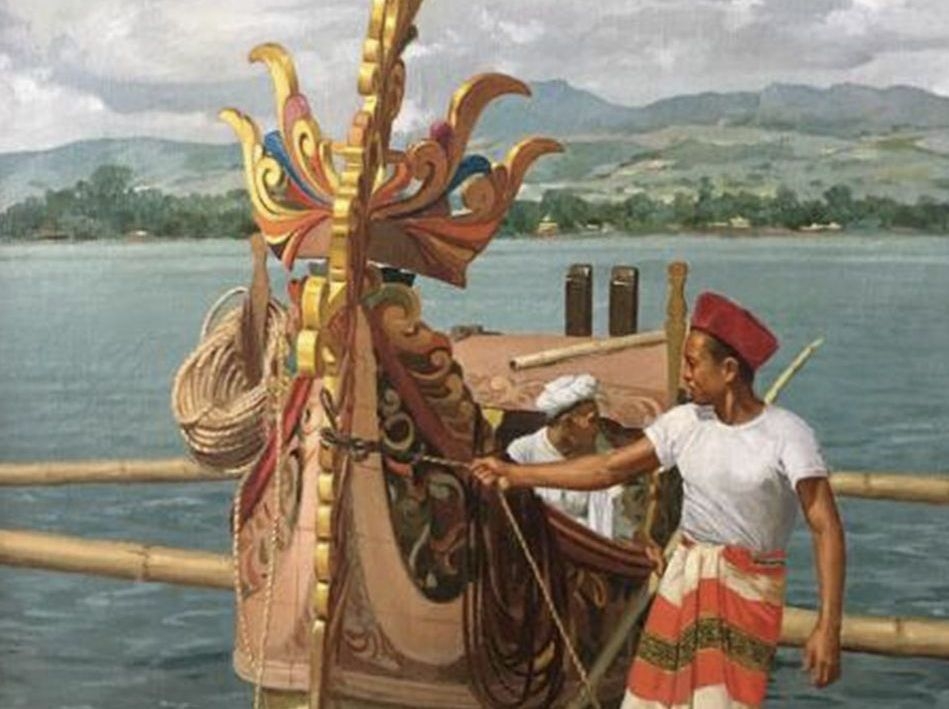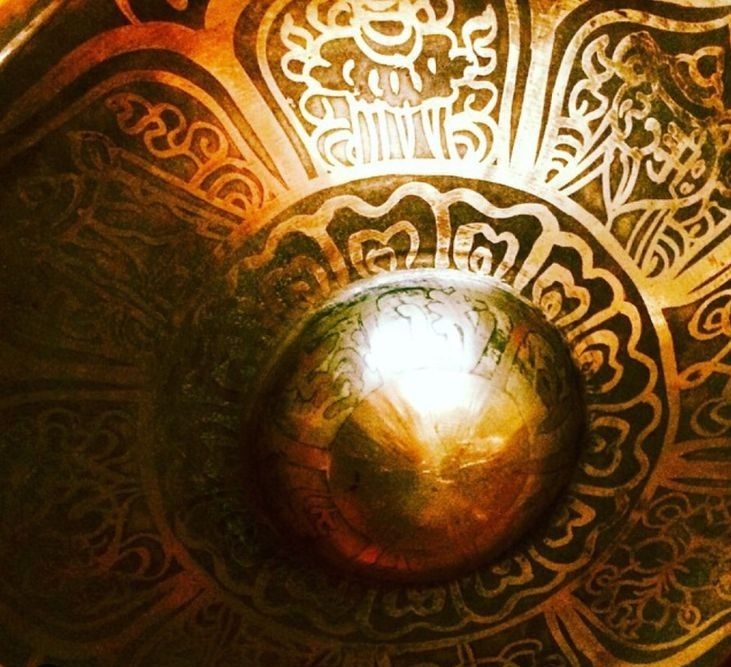The Sacred Filipino Gong.
In Southeast Asia, the resonant echoes of gong music reverberate through the ages, carrying with them the sacred art of preserving tradition. The intricate rhythms and melodies, played on bronze gongs of various sizes, are not merely musical performances but a living connection to ancestral wisdom and cultural identity.
In the Philippines, gong music is prevalent in Mindanao and is one of three major players of gong and chime culture in Southeast Asia.
Image: Map of Gong & Chime culture in Southeast Asia. Piphat (Thailand), Gamelan (Indonesia), Kulintang (Philippines)
For the Maranao people of the Philippines, the kulintang gong is a living embodiment of their ancestral indigenous traditions. Passed down through generations, the mesmerizing melodies and elaborate rhythms played on these graduated gongs serve as a vibrant tapestry of their cultural identity. Through the kulintang, the Maranao express their stories, rituals, and beliefs, weaving a sonic narrative that connects them to their past and reinforces their communal bonds.
Maranao. People of the Lake.
The Maranao are a majestic and radiant indigenous minority on the North Central coast of Mindanao. The word "Maranao", is derived from an Old Malay cognate, "ranaw" which means "lake". Traditionally based around Lake Lanao, they have lived on their ancestral lands centuries before the arrival of the Spanish.
The lake itself is considered the "beating heart" of their clan and is known to be the source of inspiration of their native pantheon; which includes mythical creatures like guardian crocodiles, water spirits called the Tonong, and the legendary water dragon Naga.
The Maranao are master artisans celebrated for their exquisite weaving, wood carving, and metalwork. Their unique and dazzling Okir style is the hallmark of their craftsmanship.
Divine Melodies of the Kulintang Ensemble.
The heart of the kulintang ensemble is a row of small, horizontally laid knobbed gongs called the kulintang. Each gong plays a specific note, and the musician creates melodies and patterns by striking them with padded mallets.
The kulintang is combined with larger gongs such as the Agung, Gandingan, Babendil and Dabakan drums. The ensemble plays either as an exclusive orchestra or as a backdrop to performing arts such as theater or dances.
As mentioned in my previous essay, the Darangen epic is the pride of the Maranao. The ancient poem is the cornerstone of their majestic culture and empowers the Maranao soul even to the present day. The kulintang ensemble serves as the musical backdrop to theatrical variations of the Darangen. It sets the atmosphere, stimulates emotion, and compliments character personalities in each cycle of the play.
Video Link: Darangen YouTube
There is also a divine element to the melodies emitted from the ensemble; certain kulintang compositions are believed to summon diwatas (ancient spirits) enshrined within the Darangen.
Image: Darangen performance. Kulintang ensemble in the background.
Master Gong Craftsmanship.
Okir is considered the hallmark of Maranao visual art. The style follows a vibrant colored system of flowing, curvilinear, and geometric designs heavily inspired by nature and Maranao mythology. Okir patterns embody Maranao philosophy and their deep connection to the natural world.
Image: Okir painting by Inee Matty
Maranao artists incorporate Okir motifs into wood carvings and metalwork, this is especially true in stylized representations of the kulintang ensemble. For example, the wooden stand used to house the row of kulintang gongs is often painted or carved in Okir. Intricate and royal designs showcase mythical figures like the Naga and is prominently adorned on the main frame.
Image: Kulintang on a wooden Okir styled assembly. Mythological motif depicting the legendary water dragon Naga.
Gong-making is a highly specialized skill within Maranao society. The knowledge of metalworking, tuning techniques, and carving of symbolic designs are passed down through an apprenticeship with a master gong maker. The difficulty of forging and tuning a bronze gong make gong-makers a deeply respected class in Maranao culture.
Image: Okir stylized kulintang. Note vines and sun rays symbolizing connection to nature and the divine.
Challenges to preservation.
Maranao culture is under threat. Modernization and the lack of interest to carry on traditions by their youth complicates the problem. In addition, decades of military conflicts have displaced Maranao communities from their ancestral homes. Traditional buildings, art, and cultural motifs (including instruments) are destroyed or lost in the process.
Image: Devasted Mosque, Marawi City, Mindanao
That being said, recent developments in performing arts institutions in the Philippines have strived to preserve the Maranao tradition. The Salimpokaw Cultural Ensemble is a dance troupe of 17 young performers from Marawi, Mindanao and is largely popular online for their YouTube videos showcasing traditional Maranao dances and kulintang music.
Image: Salimpokaw Cultural Ensemble - Kulintang crew
On the university front, Kontra-Gapi is a resident ethnic music and dance ensemble presenting the University of the Philippines, Diliman. Although not exclusive to Maranao culture, the group strive to preserve the kulintang tradition by combing it with other indigenous Filipino musical instruments from other regions.
Image: Kontra-Gapi university resident ethnic music group
Across the Pacific, in Canada, musical groups such as Pantayo preserve the essence of kulintang and merge it with contemporary music conventions. Pantayo cofounder Christine Balmes of Toronto studied kulintang at the University of Michigan and formed the group after returning to her hometown. The group is known for their technical ability in ethnomusicology and electronic fusion.
Image: Filipino-Canadian ethno-electro-music group, Pantayo.
All Powerful and Divine Filipino Gong.
The kulintang gong reflects the power of the Filipino spirit to preserve tradition. The Maranao - fierce guardians of indigenous Filipino heritage - exemplify their triumph over cultural extinction by channeling the melodic force of the kulintang. The kulintang, sacred to these people, streams the divine to provide spiritual guidance and protection while performing the ancient soul forming epic, the Darangen.
Modernization is considered a threat to the kulintang tradition, but it also transforms the instrument into something refreshingly unique and unexpected.
Witnessing the Maranao's dedication to preserving their ancient culture inspires us to hold onto our own values in an ever changing world. Trends and fashion are disposable but our traditions are not. Thus, despite external pressures, we can learn from the Maranao ways to safeguard our identity, our beliefs, and the one thing we should cherish most - our ancestral traditions.

















Comments
Post a Comment